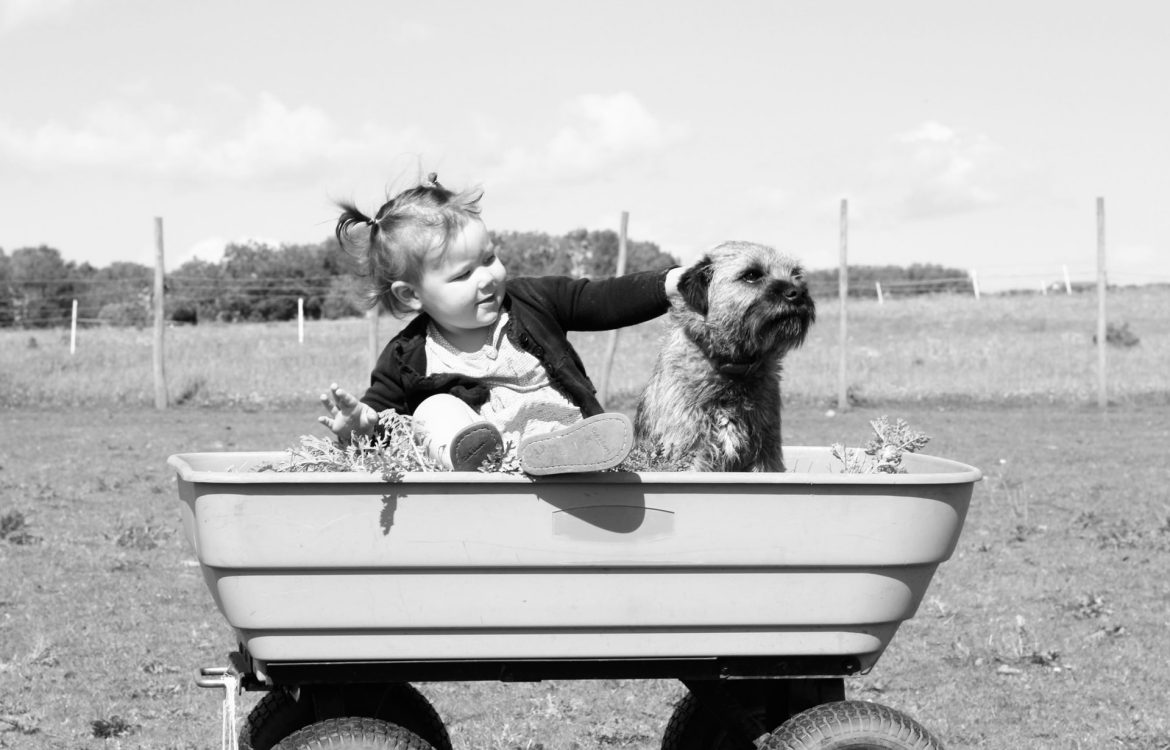
How Strong Is Children’s Attachment to Their Pets?
Friendship and caring behaviors and children’s attachment to their pets.
Have you ever wondered whether children prefer certain types of animals as a pet, and what kind of attachment they have to their animals? A large new study by Roxanne Hawkins (University of Edinburgh) et al looks at this fascinating topic.
Attachment refers to our ability to form emotional bonds with our caregivers. A secure attachment is good for children’s development and mental health, and has a protective effect against various issues such as juvenile delinquency and anxietydisorders. Most research focuses on children’s attachment to their parents. But the fact so many children seem to form good relationships with pets makes it worthwhile investigating children’s attachment to their animals.
Just over 1200 children took part through 24 schools in Scotland. They were either in year 6 or year 8 (i.e. aged 8-9 or 10-11 years) and completed the questionnaire in class. 67% of the children had a pet, and 54% had a pet that was their own. While dogs (35%) and cats (22%) were the most common, other pets included small mammals, fish, reptiles and birds.
How do children feel about their pets?
Children reported very positive feelings towards their pets.
Of the children who had pets at home, 83% said their pet made them happy, 80% said they love their pet, and 76% said their pet was their best friend. They also had very high scores for attachment to their pets. This shows it is worth investigating children’s attachment to pets further.
Children had stronger attachments to dogs and cats than to other types of pet, in particular to dogs. This could be due to a different kind of relationship with these animals and a greater responsiveness to the child’s emotions, and perhaps also to the fact dogs can often go places with the child. However the scale that is used to measure attachment to pets does include some things that do not apply to all pets (e.g. grooming does not apply to fish) so it may overestimate the difference.
Are caring behaviors linked to attachment?
Children were asked about the extent to which they care for their pet. Behaviours included in this category were stroking, cuddling, playing with and grooming the pet, taking it for a walk, spending time with it and allowing it to stay in the room.
Children’s friendship behaviors towards the pet were giving it food or water, talking to it, telling it secrets, and the child crying with the pet when they felt sad. (The allocation of these items to the categories of ‘caring’ and ‘friendship’ was based on statistical analysis, which is why feeding is in this category).
The researchers found that caring and friendship behaviors and compassion towards animals were all linked to the strength of attachment to the pet. In turn, those with stronger attachment to pets had more positive attitudes toward animals.
In general, girls had stronger attachments to their pets than boys, and also had higher levels of caring and friendship behaviors to the pet and of compassion.
The researchers say that caring for the pet could lead to a strong attachment to it, and this attachment could potentially have beneficial effects for the child.
Of course, correlation does not show causation, and so we do not know if caring and friendship behaviors increase attachment to pets or are the result of it. There may also be differences between families that have pets and those that don’t, as discussed by Hal Herzog on this site recently. In this study there were no differences in family income between the children who had pets and those who didn’t, but more research is needed.
The researchers say:
“Our findings show that children with pets (or who had pets in their past) scored higher on all attachment items than children without pets or those who had never had a pet. These findings suggest that children who grow up with pets have an early opportunity to form pet attachments, become emotionally connected to their pets through direct experience, spend quality time with their pets, and experience a ‘sharing of significant moments’, which is consistent with previous research.â€
These results show that children can and do form strong attachments to their pets, and that pets are important to them. Of course this does not mean that every parent should rush out and get a pet for their child – a pet is a big commitment that requires planning to get it right, including assessing whether or not it would be a suitable addition to the family.
The paper is open access if you wish to read it in full.
References
Hawkins, R. D., & Williams, J. M. (2017). Childhood attachment to pets: associations between pet attachment, attitudes to animals, compassion, and humane behaviour. International journal of environmental research and public health, 14(5), 490.
https://www.psychologytoday.com/blog/fellow-creatures/201707/how-strong-is-childrens-attachment-their-pets























